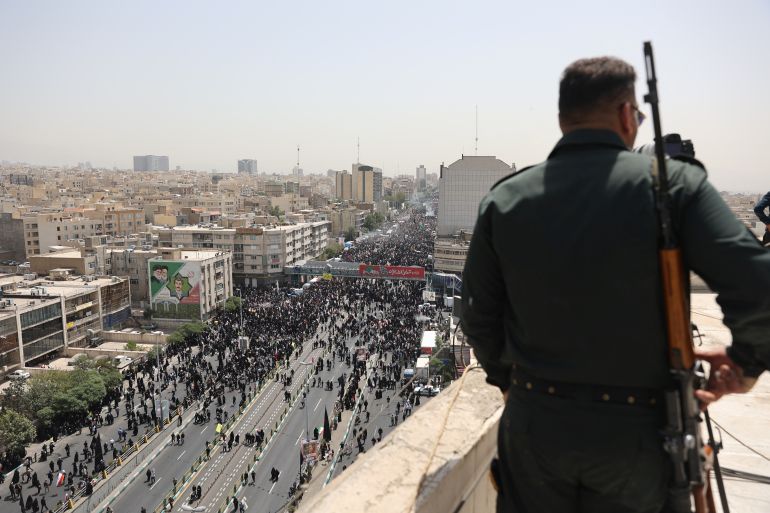Israeli raids in major occupied West Bank cities lead to arrests, injuries | Israel-Palestine conflict News
More settler attacks also take place across the territory, with a Palestinian husband and wife hurt in the violence.
Published On 31 Aug 2025
The Israeli army has carried out raids and arrests across the occupied West Bank, with incidents reported in the cities of Bethlehem, Hebron, Nablus and Ramallah.
Multiple Palestinians were detained in the territory on Sunday, according to the Wafa news agency, including a child and a young man in the town of Yabad.
Reports suggested that a 37-year-old man was also arrested in the town of Beit Fajjar, while a 25-year-old man was taken into Israeli custody in the town of Nilin near Ramallah.
Several raids took place in the Ramallah and el-Bireh governorate, just days after Israel launched a prolonged raid in the area that injured at least 58 people.
Israeli soldiers were also present in the towns of Kafr Malek, Nilin and Deir Qaddis, but did not make any arrests.
Elsewhere in the West Bank, intense and continuous gunfire broke out south of Hebron, as shown by online videos verified by Al Jazeera.
Wafa said that five Palestinians, including a girl, were injured by Israeli bullets and taken to hospital for treatment.
Israeli soldiers also allegedly fired live ammunition in the northern village of Sarra and the town of Sebastia, but no injuries were reported.
Meanwhile, a settler attack left a Palestinian man and his wife with injuries in Khallet al-Daba village in Masafer Yatta.
Israeli settlers also attacked Palestinian homes in the village of Kisan near Bethlehem.
The Wafa news agency reports that the settlers broke into Palestinian properties and looted them, while receiving protection from the Israeli army.
In the first eight months of the year, more than 1,000 Israeli settler attacks have been recorded in the occupied West Bank that caused injuries, property damage or both, according to the United Nations Office for the Coordination of Humanitarian Affairs (OCHA). Settlers rampage on Palestinian land on a daily basis, with impunity and backed by the Israeli military.
Israeli forces and settlers have killed at least 671 Palestinians, including 129 children, across the region since October 2023, according to OCHA.

As well as the Israeli raids and the settler attacks, the Palestinian Authority (PA) said that Israeli authorities had engaged in unauthorised excavation and demolition operations at the Al-Aqsa Mosque compound in Jerusalem.
“These operations deliberately target Islamic antiquities dating back to the Umayyad period, which stand as living witnesses and irrefutable evidence of Muslims’ rightful claim to the site,” the PA’s Jerusalem governorate said in a statement.
It said that Israel intends to remove the site’s Muslim history to build a Jewish temple there in the future.


